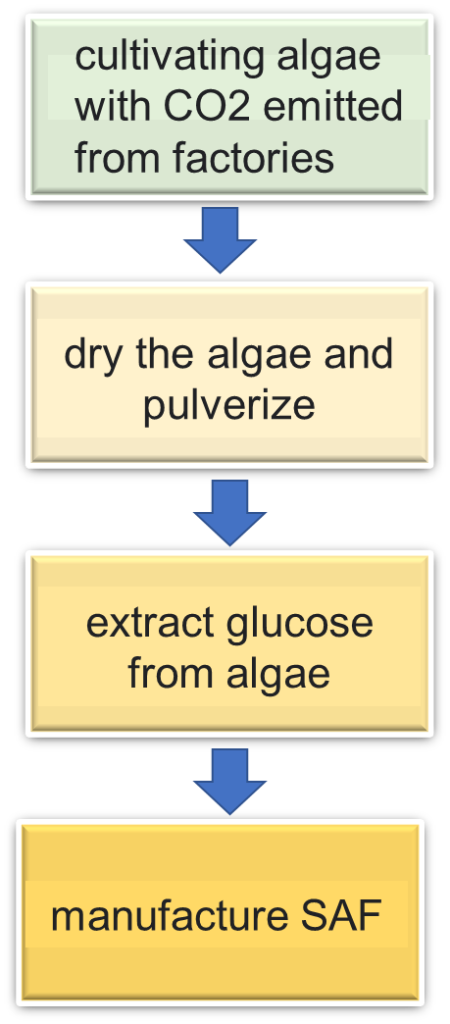On February 6, Japanese newspapers reported that automaker Honda would start develop SAF.
SAF stands for Sustainable Aviation Fuel. It has almost the same properties and performance as jet fuel made from petroleum, but it can greatly reduce greenhouse gas emissions. The aviation industry has a goal of not increasing greenhouse gas emissions after 2020. SAF is seen as a very powerful means to achieve this goal.
Failure to reduce greenhouse gas emissions could result in airlines being denied service to other countries. Or they will have to buy their carbon emissions from the market. This promises to increase the demand for SAF in the future.
In addition, SAF can basically be used in place of kerosene and light oil. If SAF is put into practical use, demand for diesel engine vehicles such as trucks and buses, which are difficult to convert to electric vehicles, can be expected. This is probably the reason why Honda embarked on the development of SAF.
Of course, Honda is not alone in developing SAF. Development is underway all over the world, and various methods have been proposed regarding what the raw materials should be and how they should be manufactured.
As for Honda’s method, first, (1) use CO2 emitted from factories to grow algae. (2) This algae is dried and powdered, (3) glucose is extracted from it, and (4) SAF is produced from that glucose.

But there are some questions about this report that are not easily accepted. I would like to introduce this point.
Question 1. Are you really carbon neutral?
The algae that is the raw material absorbs CO2 in the process of growing, so when SAF made from that algae is used as fuel, CO2 in the air will not increase. This relationship is said to be carbon neutral. Collecting CO2 from the air is called DAC (Direct Air Capture), and algae can be said to be a kind of DAC.
However, Honda’s method uses CO2 generated in factories, not CO2 in the air. Probably because the algae grow faster that way. However, the CO2 generated from the factory comes from fossil fuels. SAFs made with it may not be approved as carbon neutral.
Question 2. Requires a lot of energy for drying
Due to their fast growth, algae have long been a promising source of biofuels. However, it is difficult to say that the fuel made from algae has been widely spread until now. One of the reasons is that the drying process consumes a large amount of energy. As a result, the cost of manufacturing SAFs can be prohibitive and impractical.
Question 3. Is it possible to extract glucose from algae?
In the US standard ASTM, algae is also recognized as SAF. However, in this case, it is the oil that is extracted from the algae, not the glucose. Did Honda independently develop algae that produces glucose?
Alternatively, it is possible to extract glucose from algae after decomposed cellulose it into glucose. The technology to produce glucose from cellulose was extensively researched in the United States, and even a commercial plant was built, but in the end it failed and was withdrawn. It’s quite a difficult technique.
Of course, the source of the questions raised here is simply the information from the newspapers. More information may, and I hope, clear up some of these questions. As a Honda fan, I would like Honda to develop promising technology in this field if possible.
Feb. 12. 2023
